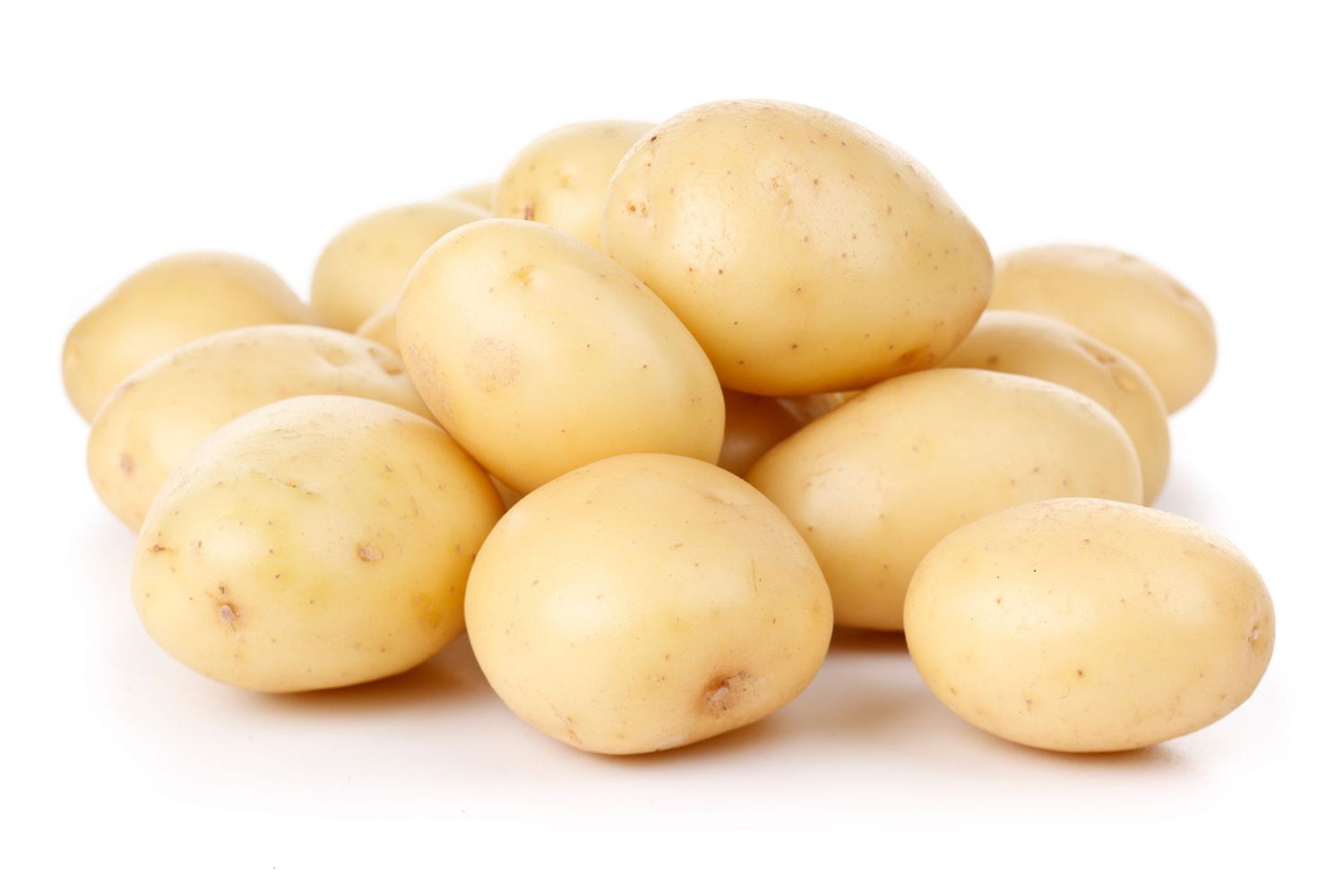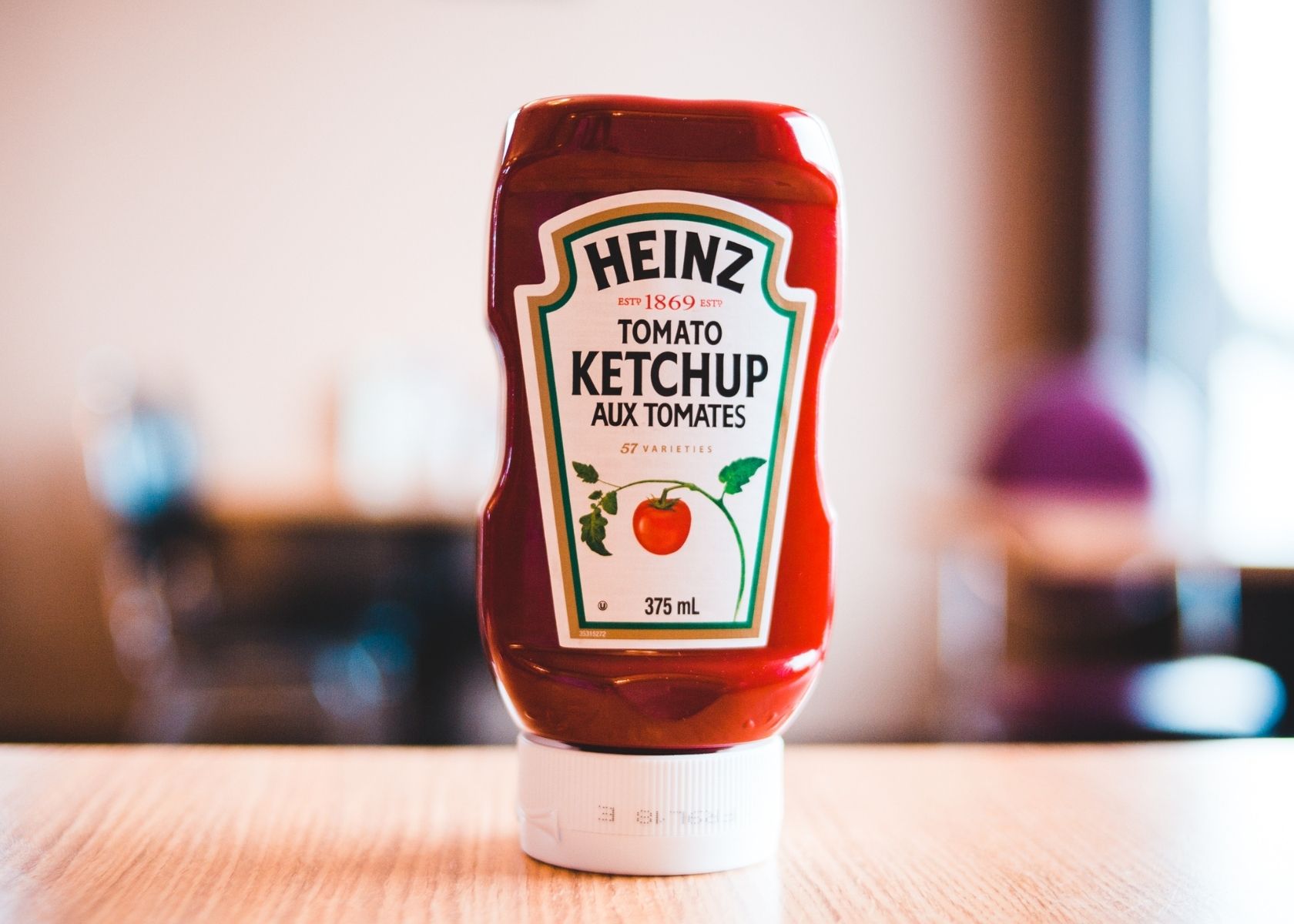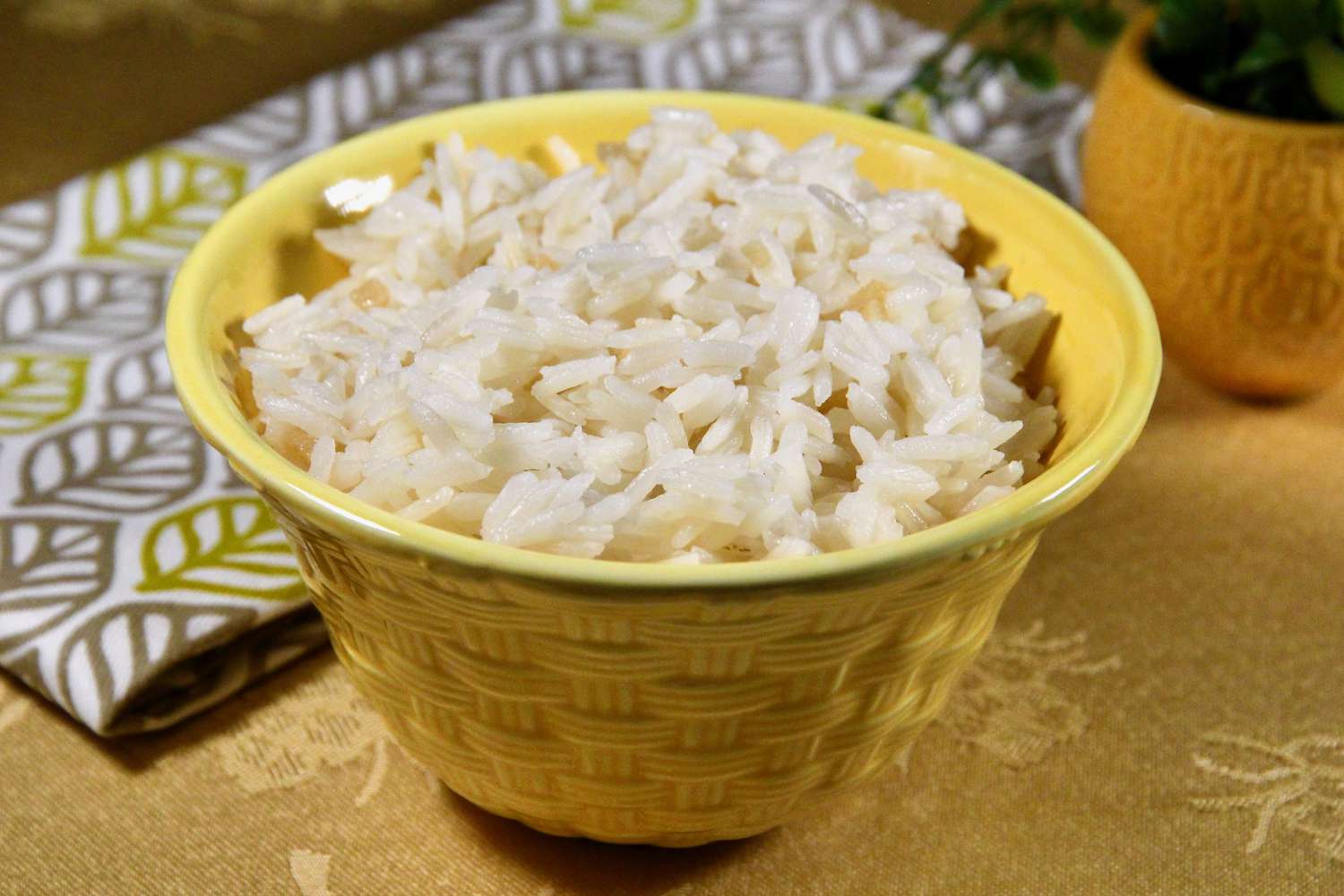The Difference Between French Bread And Italian Bread
When it comes to bread, the French and the Italians are known for their delicious and unique varieties. While both French bread and Italian bread are beloved around the world, there are some key differences that set them apart. Let’s take a closer look at the characteristics that distinguish these two iconic breads.
French Bread
French bread, also known as “pain français” in French, is famous for its long, slender shape and crispy crust. The most well-known type of French bread is the baguette, which is characterized by its chewy interior and crusty exterior. French bread is typically made with simple ingredients such as flour, water, salt, and yeast. The dough is fermented for a longer period, which gives the bread its distinct flavor and airy texture. French bread is often enjoyed fresh, and it is a staple in French cuisine, accompanying meals and being used for sandwiches and crostini.
Italian Bread
Italian bread, or “pane italiano” in Italian, encompasses a wide variety of breads that vary by region. One of the most popular types of Italian bread is ciabatta, which is known for its chewy texture and open crumb structure. Italian bread is typically made with high-protein flour, which gives it a slightly denser texture compared to French bread. Olive oil is often used in Italian bread recipes, adding a rich flavor and soft crumb. Italian bread is a versatile staple in Italian cuisine, used for making bruschetta, panini, and as an accompaniment to pasta dishes.
Key Differences
While both French and Italian breads are beloved for their delicious flavors and textures, there are some key differences between the two:
- Ingredients: French bread is made with simple ingredients, while Italian bread often includes olive oil for added richness.
- Texture: French bread has a chewy interior and crispy crust, while Italian bread tends to have a slightly denser texture with a softer crumb.
- Shape: The iconic shape of French bread is long and slender, while Italian bread comes in various shapes and sizes, such as the round ciabatta or the elongated filone.
- Usage: French bread is often enjoyed fresh and used for sandwiches, while Italian bread is used for a wide range of dishes, from bruschetta to panini.
Conclusion
Both French bread and Italian bread have their own unique characteristics and play an integral role in their respective cuisines. Whether you prefer the crispy crust of a baguette or the chewy texture of ciabatta, there’s no denying the delicious appeal of these iconic breads. The next time you’re enjoying a meal with bread, take a moment to appreciate the rich culinary traditions behind each bite.
So, whether you’re indulging in a French baguette or savoring a slice of Italian ciabatta, you can now appreciate the subtle yet distinct differences between these two beloved breads.
Was this page helpful?
Read Next: What Is An Ear Of Corn











